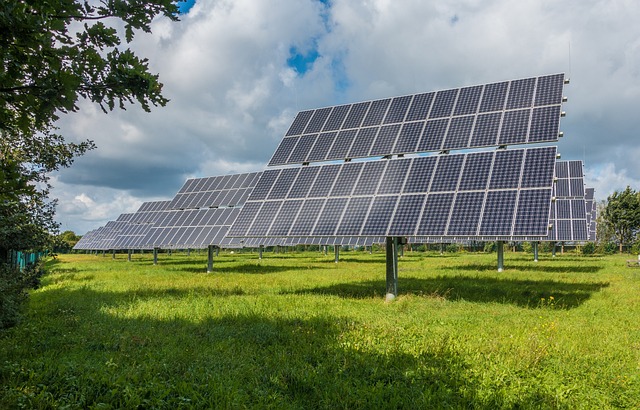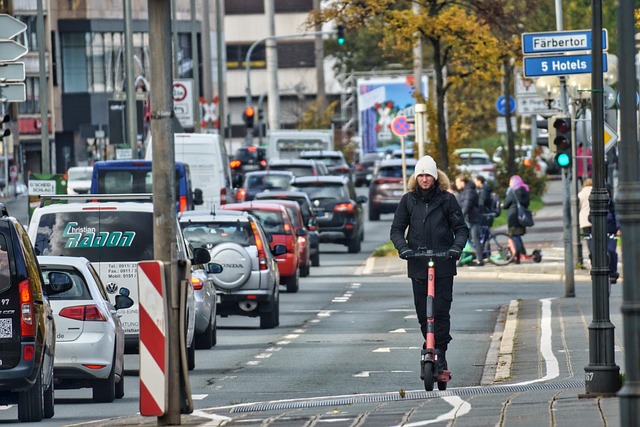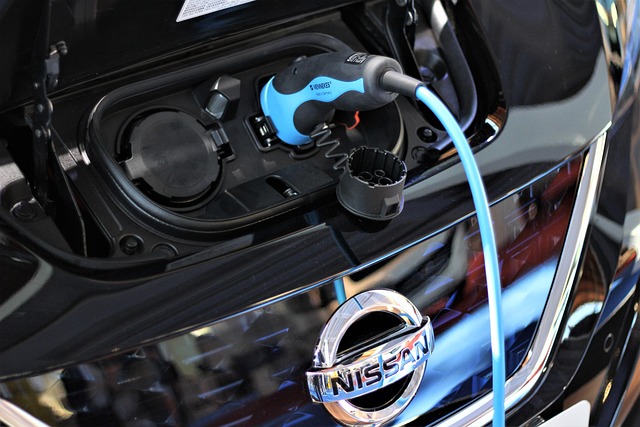Think about the hum of a car as it glides silently on electricity, the energy for its journey sourced not from some distant power plant, but perhaps from solar panels right down the road, or even on the roof of a local community center. This isn’t just a futuristic vision; it’s the heart of how local energy supply is beginning to redefine how we move, especially outside bustling city centers.
For too long, energy and transport felt like separate, centralized systems. Power came from afar, fuel came from afar, and our vehicles depended on these vast networks. But a shift is happening, fueled by the need for greater Transport Sustainability and a desire to revitalize local communities.
Powering Sustainable Journeys, Locally
The rise of electric vehicles (EVs) presents a unique opportunity. Unlike fossil fuels, electricity can be generated anywhere the infrastructure exists. When that generation happens locally – through solar farms, wind turbines, or even small-scale hydro – the benefits multiply:
- Reduced Emissions: EVs powered by local renewables mean truly zero-emission transport at the point of use.
- Increased Efficiency: Shorter transmission distances mean less energy lost on the grid.
- Grid Resilience: Local energy sources can provide backup and stability to the main grid.
- Cost Savings: Generating energy locally can potentially lead to lower charging costs over time.
Imagine a rural community with its own solar array powering charging stations for local residents and businesses. This isn’t just about clean cars; it’s about building a self-sufficient energy ecosystem that supports sustainable movement.
Driving Growth in Rural Development
Rural Development often faces challenges related to infrastructure, accessibility, and economic opportunity. Integrating local energy supply with transport solutions offers tangible benefits:
- Economic Opportunities: Investment in local renewable energy projects creates jobs in installation, maintenance, and management.
- Energy Independence: Communities become less reliant on volatile fossil fuel markets and distant energy suppliers.
- Improved Transport Access: Reliable, locally sourced energy can power public transport options, ride-sharing programs, and essential services in areas where traditional infrastructure is costly to maintain.
- Attracting Investment: A commitment to sustainability and modern energy infrastructure can make rural areas more attractive places to live and do business.
Consider a farmer using an electric tractor powered by energy from their own anaerobic digester or solar panels. Or a remote village running an electric community bus charged by a local microgrid. These examples demonstrate how local energy supply can directly empower rural economies and improve quality of life.
This localized approach feels right. It’s about empowering communities, making our transport cleaner, and building a more resilient future from the ground up. It’s a powerful combination that’s setting the stage for a truly revolutionary shift in mobility.



